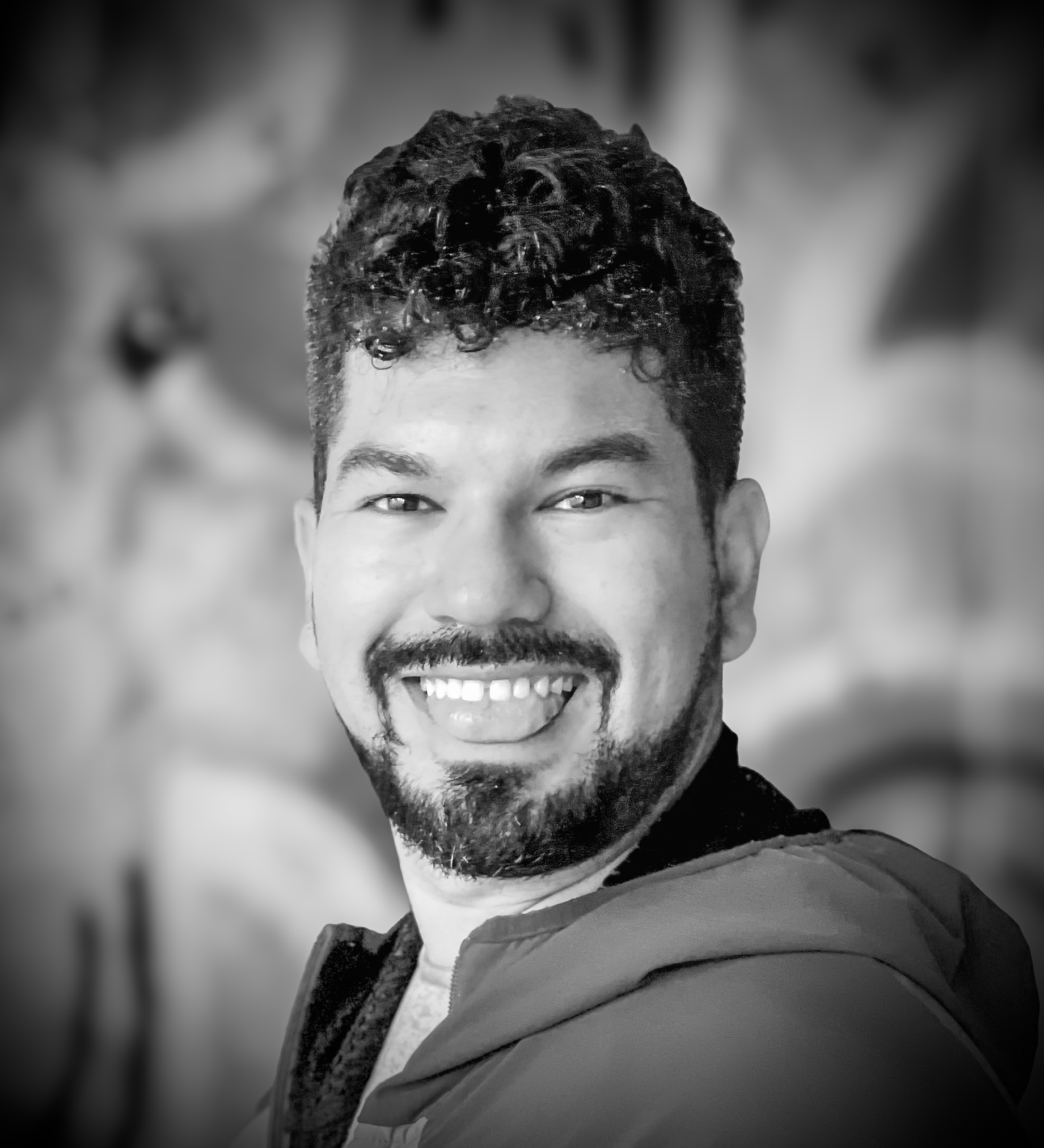David Angeles-Albores, Ph.D.
I like to solve scientific problems, especially the biological kind.
I offer consulting services to develop your AI/ML and computational biology projects, or to develop experimental frameworks necessary to train your AI/ML pipelines.
Blog
Read some of my blog entries.

Happy 2025! A Signaling and Mechanical Role for Folate in Neural Tube Closure
Happy 2025! May it be filled with happiness and exciting science. In this blog post, I discuss a paper I read earlier today on a signaling and mechanical role for folate in neural tube closure. Read More
Generalization is Hard
I have been thinking a lot about generalization in AI, and why it is so hard. Read More
Domain expertise matters, especially in fields that want to use AI
There seems to be this feeling in Silicon Valley that you can just throw a bunch of MLEs at a biology problem and it will get solved. I argue that this is a mistake. Read More
